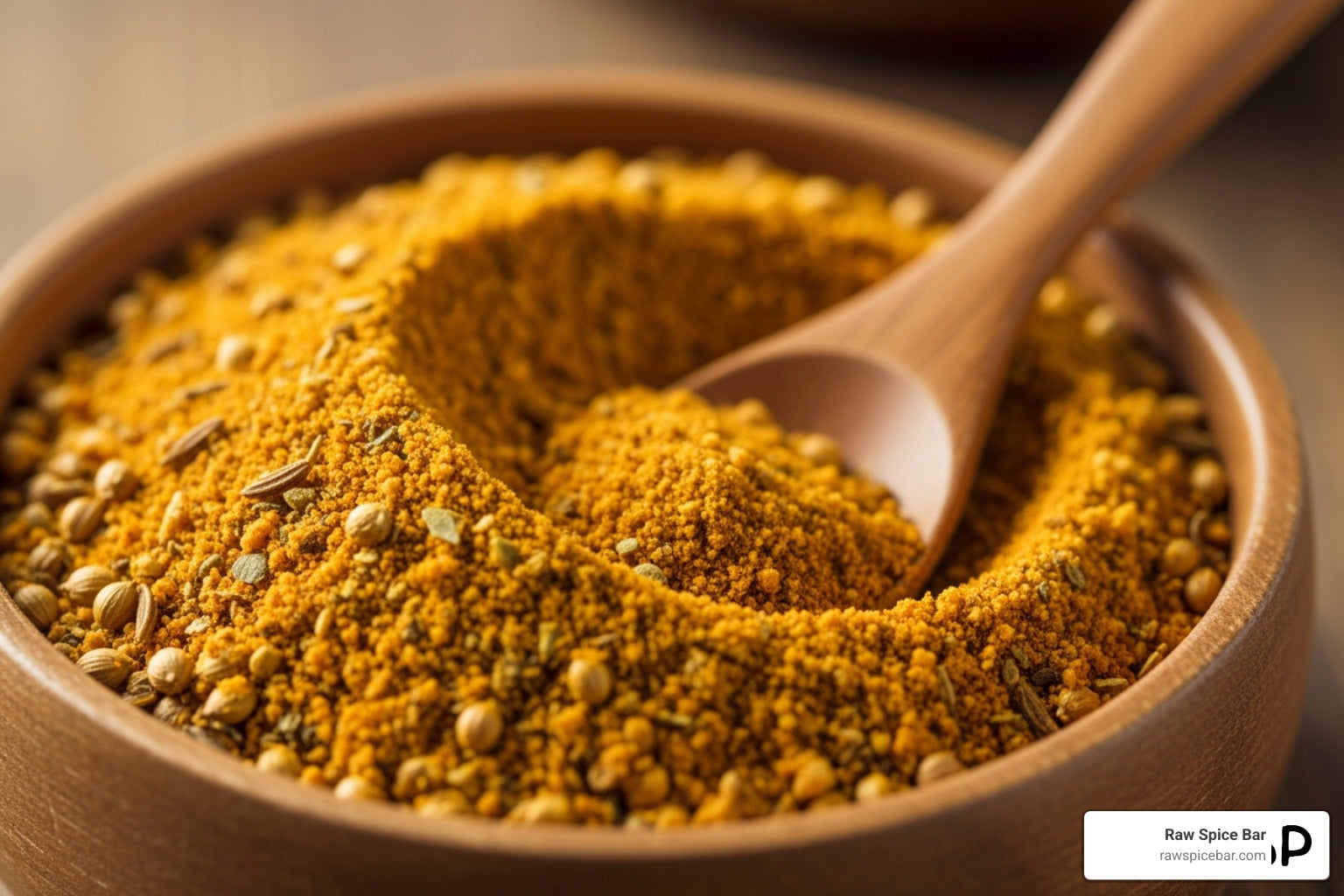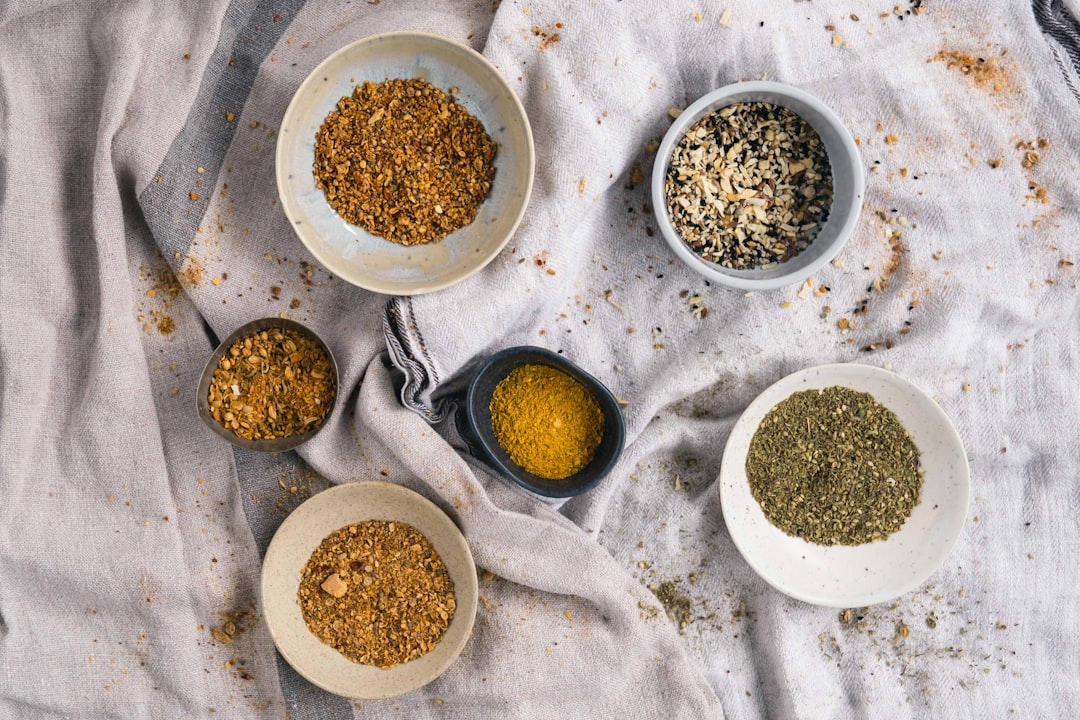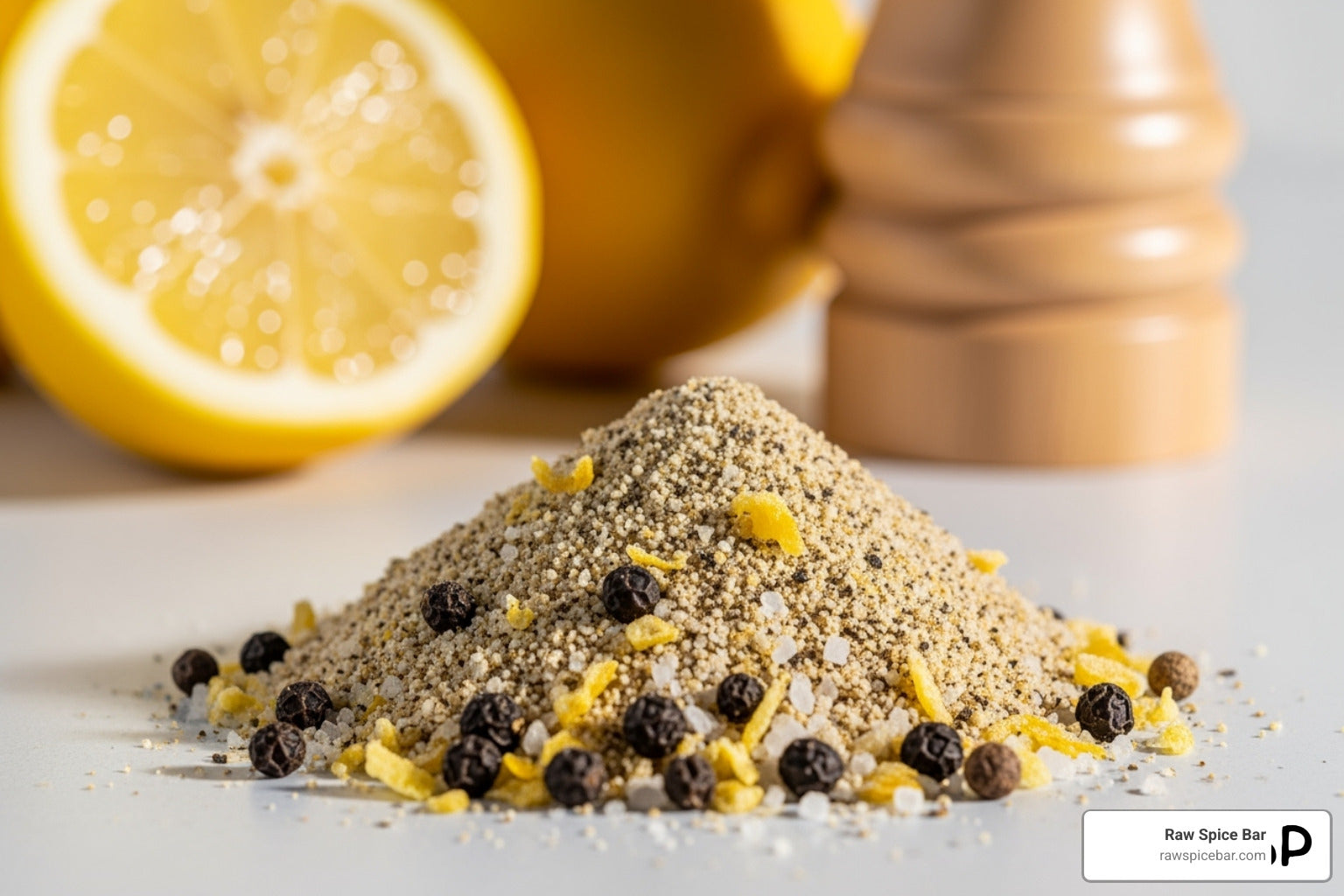What is Curry?
"Curry" can mean several different things. It can refer to that classic British invention, a spice blend called 'curry powder', or to the 'curry' dish, referring to a number of saucy dishes flavored with curry powder or curry paste.
The word "curry" was invented by British colonialists in the 18th century. Most likely a take on the Indian word "kari", meaning sauce. Before Columbus came to India, curry was not the intensely spicy dish we recognize as curry. The same is true of Thai curries, which were originally spiced with black and white peppercorns instead of chilies.
The difference among types of curry is vast. Curries are common in India, Thailand, Malaysia, China, South Africa, Japan, and other countries that borrows their recipes, curry is made so many ways in so many places, even the same kind of curry can depend on the cook’s tastes and ingredient availability. There are some general rules, though, most of which can be broken.
Two major categories of curry are Indian and Thai. Indian curry is largely considered a British fusion, and typically incorporates a blend of toasted spices ground into a powder, called masalas. These curries are water- or broth-based, sometimes thickened with yogurt or sour cream. Thai curry often calls for a wet curry paste and use coconut milk or coconut cream. You’ll see herbs and spices like lemongrass, galang, and kaffir lime leaves.
Other regional cuisines have their own take on curries, using commonly known spice blends like Moroccan ras el hanout, Japanese curry powder and Chinese five spice.
Indian curry dishes often use legumes such as chickpeas and lentils, called dhal. A few main kind of curries are: green, red, yellow, masaman, and panang.
Green curry paste (kreung gaeng keo wahn) is a blend of fresh green chilies, shallots, lemongrass, white pepper, coriander root, garlic, kaffir lime rind, shrimp paste, and salt. Sweet basil leaves, round green eggplant, and kaffir lime leaves add to the overall lovely green hue in the final curry dish.
Red curry paste can be made with dried long red chilies, cilantro root, coriander, cumin, garlic, shallots, kaffir lime rind, white peppercorn, lemongrass, shrimp paste, sea salt and galangal. The basic ingredients in our simple red curry paste are dried red chili peppers, whole cloves of garlic, sea salt, fresh lemon grass, fresh turmeric for color, and shrimp paste.
Yellow curry paste is a mellow sweet-spicy paste blend based on turmeric and curry powder pounded together with coriander, cumin, lemongrass, galangal, shrimp paste, dried red chilies, sea salt, ginger, garlic and shallots.
Sour curry paste is the simplest of the curry pastes and usually forms a water-based curry with fish or pork. It is made up of just five ingredients: dried red chilies, cloves, white pepper, shallots, turmeric, and shrimp paste. Sour curry is especially popular combined with fish. The sour element comes from the addition of sour tamarind, sour pineapple, or other sour tropical fruits.
Panang is the basis for a richer, sweeter and drier curry. Using less coconut milk than red or green curry, Panang curry is topped with thick coconut cream and usually served on a plate. Panang curry paste can include dried red long chilies, shallots, garlic, galangal, lemongrass, kaffir lime rind, coriander root, white pepper, salt and shrimp paste. Peanuts are also sometimes added, which isn’t traditional in Thailand and is more of a Western influence. It’s most often prepared with beef in Thailand, where they like it fiery hot.
Masaman curry is Persian-influenced and originates in southern Thailand on the border with Malaysia, where many Muslims live, so it’s often prepared with lamb or beef as the Islamic religion forbids pork. Masaman curry paste combines dried red chilies, cloves, white pepper, shallots, garlic, galangal, lemongrass, shrimp paste, coriander, cumin, and salt. The dish itself includes peanuts and cinnamon, white cardamom, and nutmeg, uncommon for Thai curry. It’s thick and stew-like with a mild, slightly sweet taste.
Curry Powder
Originating in India by those British colonialists, curry powder typically includes spices like cloves, cardamon, ginger, nutmeg, fennel, caraway, ajowan seeds, dried basil, mustard seeds, mace, poppy seeds, sesame seeds, saffron or cinnamon. The spice blend depends on the chef and is regionally nuanced within the cuisines of India (like garam masala or madras curry powder), Pakistan, Bangladesh, Sri Lanka, Nepal, Indonesia, Malaysia, Japan and the Caribbean.
Curry Dishes
Curry, the dish, on the other hand, is a generic term for sauce-based dishes with curry sauce or curry powder as the base, plus some combination of meat, poultry, seafood, vegetables, coconut milk, onions, fresh ginger, kaffir lime leaves and other ingredients. It is usually eaten with rice but may also be accompanied by bread, usually flat-breads, like roti or naan.
Curry powder's flavors fade as soon as they are ground into a fine powder, so nearly all curry powders are ideally freshly ground in small batches.
Curry Nutrition
Because of the many different fresh and dried spices it contains, curry can be extremely good for you. Turmeric, cumin, and coriander - the three main ingredients of most curries - are known to be anti-inflammatory and naturally cleansing agents that strengthen and detoxify our bodies.




